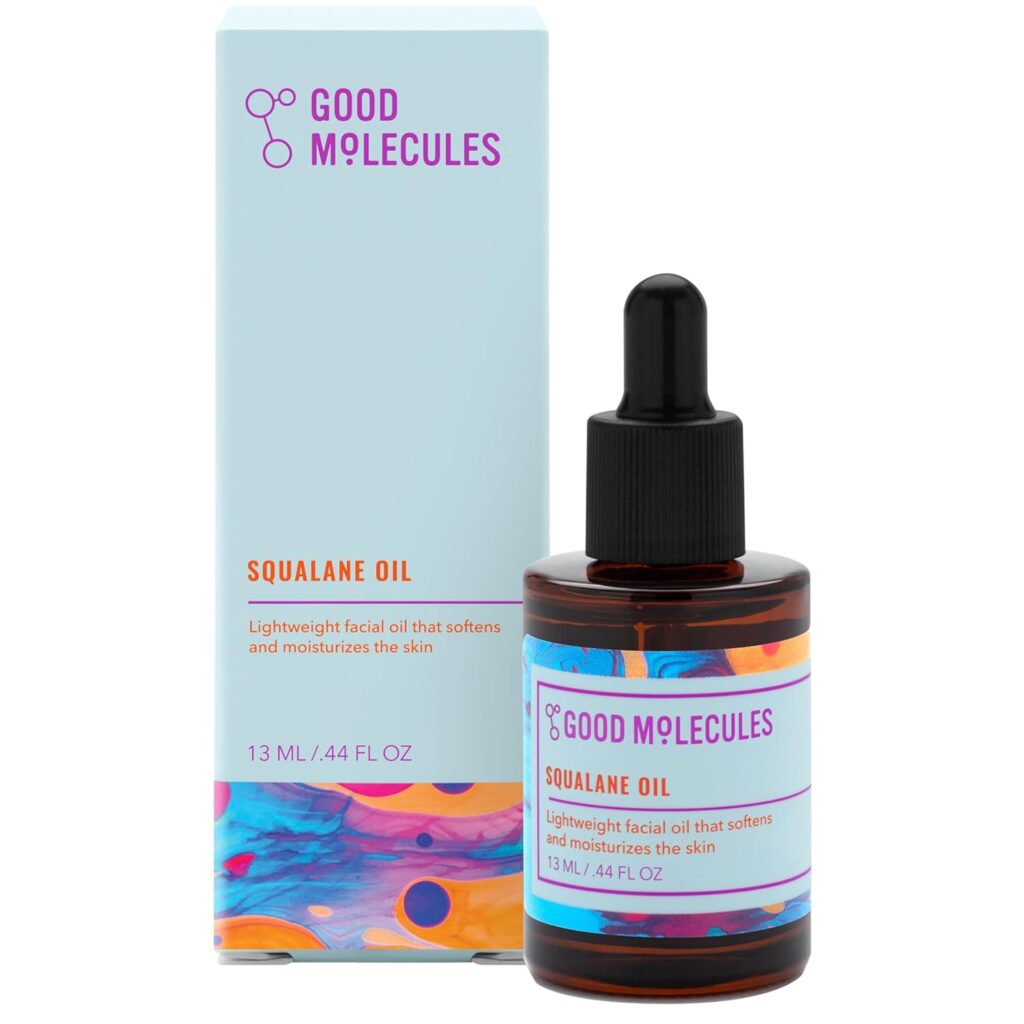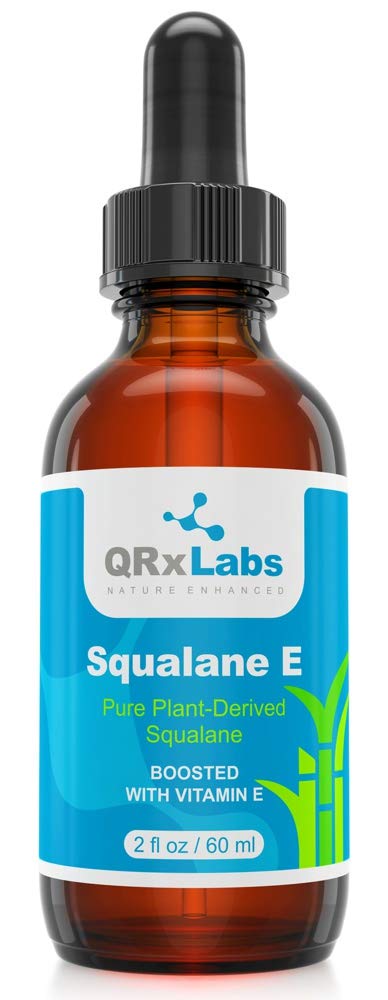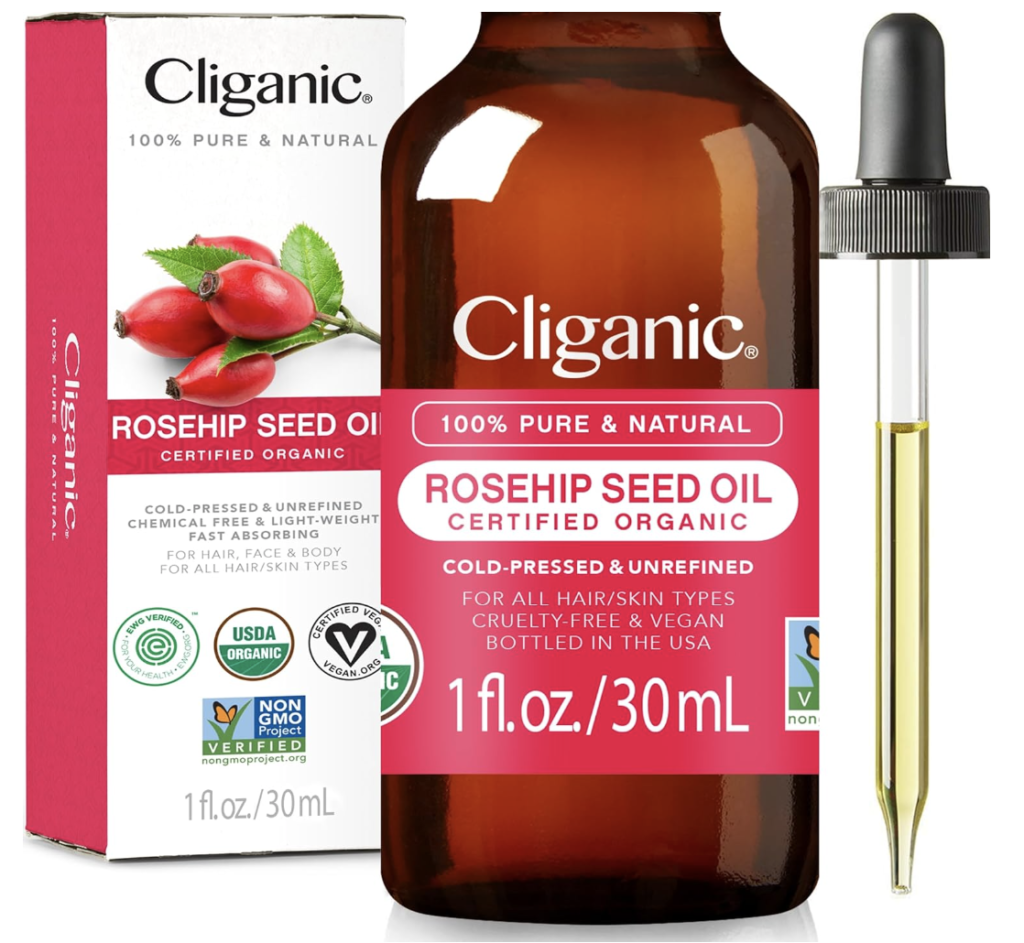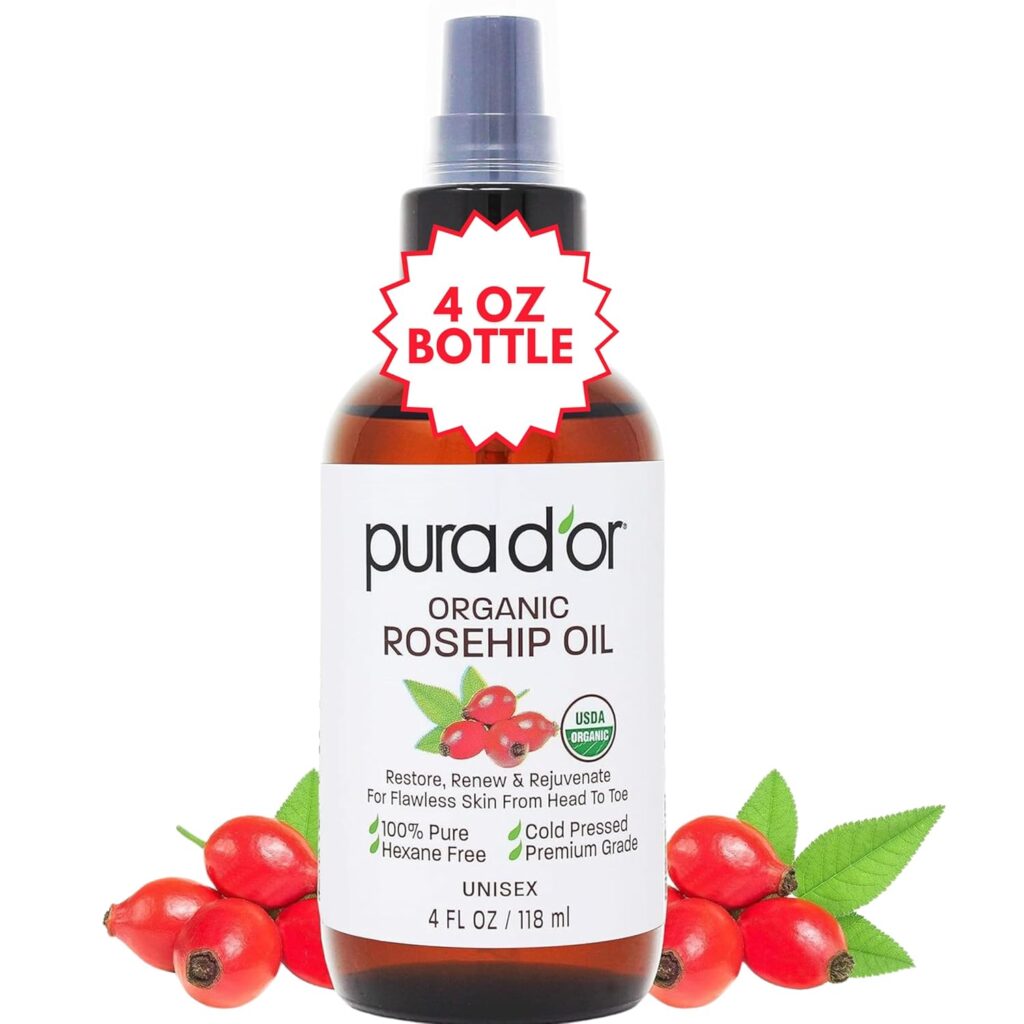Squalane vs Rosehip Oil (+ How To Use Them Together)
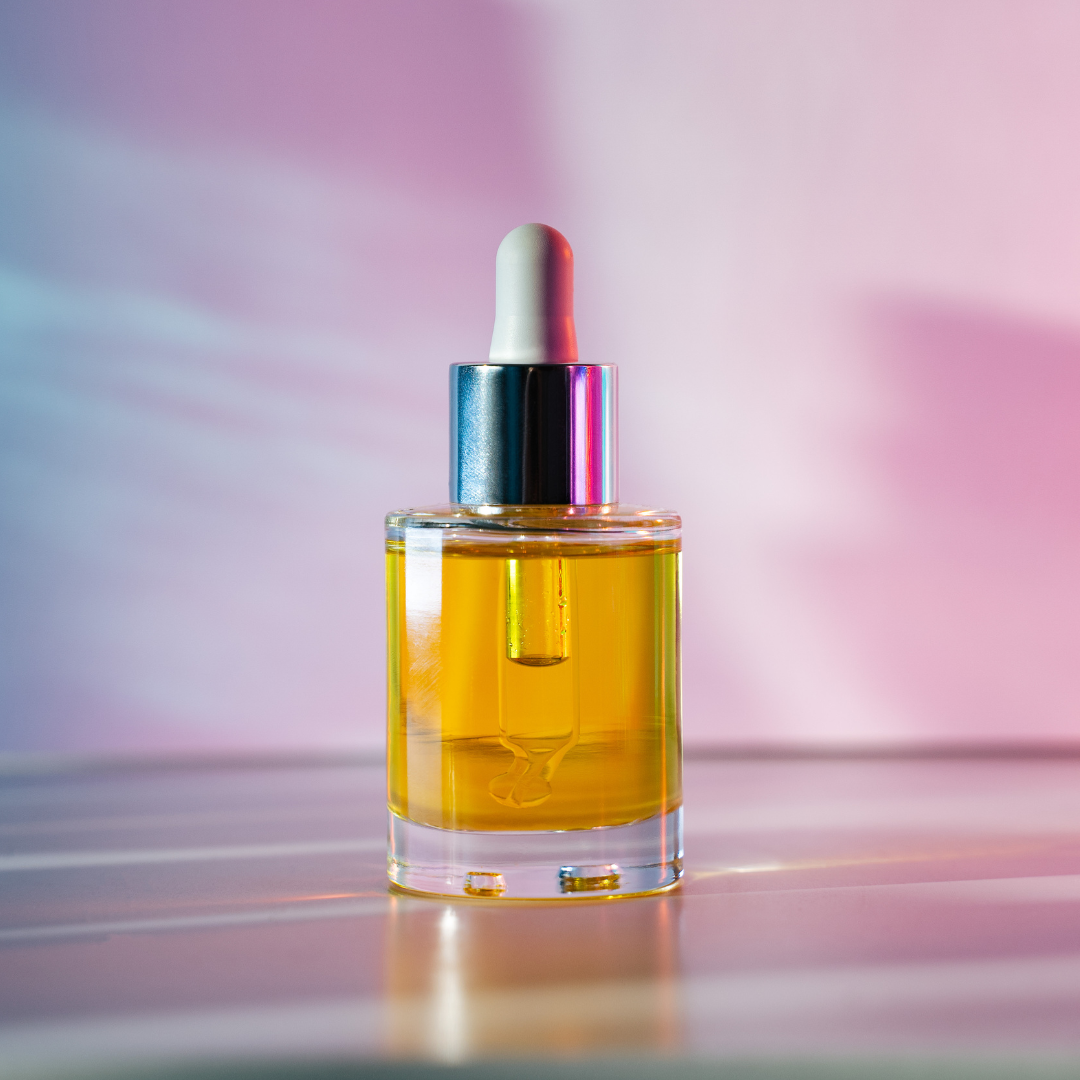
Oils have been used within skincare routines for thousands of years. Some of the earliest evidence of a skincare routine dates back 6000 years ago to Ancient Egypt. Oils have been widely known for their ability to nourish, moisturize, and rejuvenate the skin. Today, we’ll focus on two popular skincare oils, squalane vs rosehip oil.
When it comes to choosing between Squalane vs Rosehip Oil, let’s first begin by exploring where they come from, their benefits, and their applications to determine which may be better suited to your skin.
In this blog post, we’ll be covering:
- Best Squalane Oil Products on Amazon
- Best Rosehip Oil Products on Amazon
- Skincare Benefits of Squalane
- Skincare Benefits of Rosehip Oil
- How To Pick the Right Oil for Your Skin
- How To Add Oils to Your Skincare Routine
- Squalane vs Rosehip Oil For Acne
- Squalane vs Rosehip Oil for Oily Skin
- Squalane vs Rosehip Oil For Wrinkles
- How To Use Squalane and Rosehip Oil Together
Best Squalane Oil Products on Amazon
Best Rosehip Oil Products on Amazon
Where Does Squalane come from?
Squalane, derived from squalene, a natural compound found in the sebum of human skin and the livers of sharks, has undergone a transformation to become a stable and sustainable skincare ingredient.
Where Does Rosehip Oil come from?
Rosehip Oil, extracted from the seeds of wild rose bushes, boasts a rich history dating back centuries, prized for its potent therapeutic properties.
Skincare Benefits of Squalane
Squalane’s lightweight and non-comedogenic nature make it an ideal choice for all skin types, including sensitive and acne-prone skin. Its emollient properties ensure deep hydration without leaving a greasy residue, promoting a supple and plump complexion.
Furthermore, Squalane’s affinity with the skin’s natural oils allows for easy absorption, enhancing the efficacy of other skincare products when used in conjunction.
With its ability to lock in moisture and fortify the skin’s barrier, Squalane proves invaluable in combating dryness, dullness, and environmental aggressors, leaving behind a soft and velvety finish.
Skincare Benefits of Rosehip Oil
Rosehip Oil’s stellar reputation stems from its amazing array of benefits, ranging from anti-aging to scar healing properties.
Bursting with antioxidants like beta-carotene and lycopene, this rosehip oil shields the skin from free radical damage, warding off premature signs of aging.
Its high concentration of essential fatty acids, namely omega-3 and omega-6, aids in skin regeneration and repair, making it a potent ally in fading scars, stretch marks, and hyperpigmentation.
Moreover, Rosehip Oil’s vitamin A content accelerates cell turnover, revealing a smoother and more radiant complexion over time. Its soothing and anti-inflammatory properties further soothe irritation and redness, making it a favorite among those with sensitive or rosacea-prone skin.
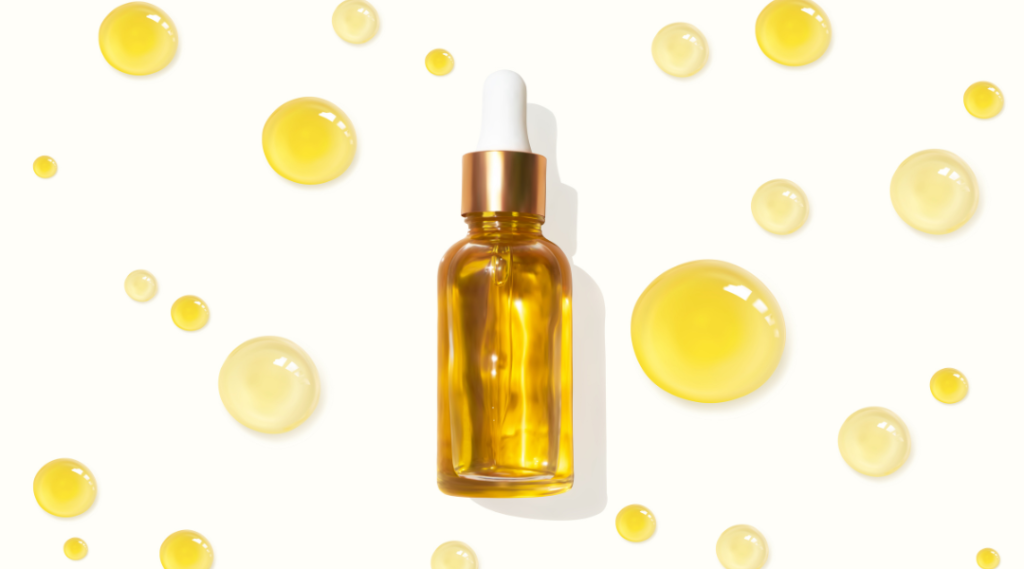
How To Pick the Right Oil for Your Skin
While both Squalane and Rosehip Oil offer a great deal of benefits for your skin, choosing the right oil is still important.
For those seeking lightweight hydration and a versatile skincare staple, Squalane emerges as a clear winner, offering a non-greasy formula suitable for daily use.
On the other hand, those looking to battle with signs of aging, scarring, or uneven skin tone may want to go with Rosehip Oil for its potent antioxidants and reparative properties to achieve a glowing and luminous complexion.
Experimentation and observation are important in choosing which oil harmonizes best with your skin’s unique needs, allowing you to curate a personalized skincare regimen tailored to perfection.
How To Add Oils to Your Skincare Routine
Whether you gravitate towards Squalane or Rosehip Oil, integrating these oils into your skincare routine is quite simple.
Start by cleansing your skin thoroughly to remove impurities and debris, allowing the oils to penetrate effectively.
Next, apply a few drops of your chosen oil onto damp skin, gently massaging it in upward motions until it’s been fully absorbed into your skin.
For extra hydration, consider mixing a drop or two of oil into your favorite moisturizer or serum, amplifying their efficacy and sealing in moisture.
Be sure to apply a sunscreen to your face with at least 30 SPF during the day, as oils like Rosehip Oil may increase photosensitivity, safeguarding your skin from harmful UV rays and environmental stressors.
Squalane vs Rosehip Oil For Acne
When comparing squalane and rosehip oil for acne, squalane oil tends to be lighter and less likely to clog pores, making it suitable for acne-prone skin.
Rosehip oil, rich in vitamin A and antioxidants, can help with acne scarring and inflammation due to its regenerative properties.
When it comes to squalane and rosehip oil and acne, the choice comes down to your skin’s needs and preferences as neither oil is likely to perform better or worse than the other for acne.
Squalane vs Rosehip Oil for Oily Skin
When considering squalane versus rosehip oil for oily skin, squalane is often favored for its lightweight texture and ability to moisturize without leaving a greasy residue, making it suitable for oily skin types.
Rosehip oil, while beneficial for its antioxidant properties, may feel heavier on oily skin and could potentially exacerbate shine. Therefore, squalane may be the preferred choice for those with oily skin seeking hydration without added oiliness.
Squalane vs Rosehip Oil For Wrinkles
When it comes to anti-aging skincare products and fighting against wrinkles, both squalane and rosehip oil offer potential benefits.
Squalane is known for its ability to deeply hydrate and improve skin elasticity, thereby reducing the appearance of fine lines and wrinkles.
On the other hand, rosehip oil contains vitamin A and antioxidants, which can promote collagen production and help diminish wrinkles over time.
Both squalane and rosehip oil offer valuable contributions to anti-aging skincare routines and wrinkles – so why not try using them together?
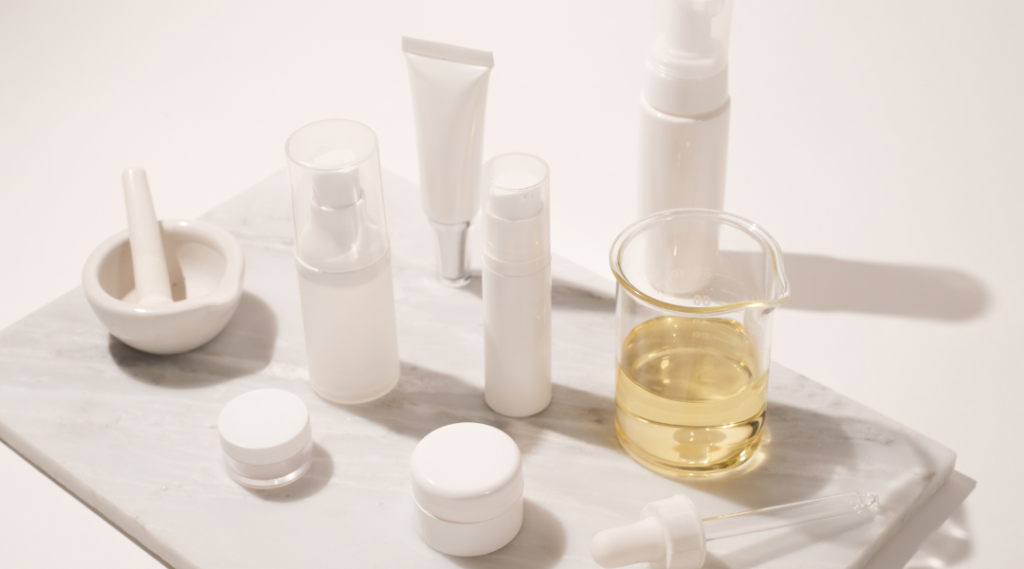
How To Use Squalane and Rosehip Oil Together
To start using squalane and rosehip oil together into your skincare routine, begin by cleansing your face thoroughly.
Next, apply a few drops of rosehip oil onto your fingertips and gently massage it into your skin using upward circular motions. Allow the rosehip oil to absorb for a few minutes.
Then, follow up by applying a few drops of squalane oil in the same manner, focusing on areas that may need extra hydration.
Finish with your favorite moisturizer or sunscreen, if using during the daytime. This combination allows for a potent blend of hydration, antioxidants, and nourishment, leaving your skin feeling smooth and rejuvenated.
Remember to patch test any new products and adjust the ratio of oils based on your skin’s individual needs
Bottom Line: Squalane vs Rosehip Oil
When it comes down to Squalane vs Rosehip Oil, it’s clear there’s no definitive victor – only a choice in which oil may be better suited to your skin’s needs and preferences. While Squalane is great for delivering lightweight hydration and fortifying the skin’s barrier, Rosehip Oil shines in its ability to rejuvenate, heal, and protect.
Both squalane and rosehip oil offer luxurious and effective components to elevate your skincare routine.
After all, when it comes to these beauty oils, there’s room for B Squalane and Rosehip Oil to be used in your skincare routine!
